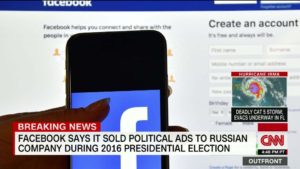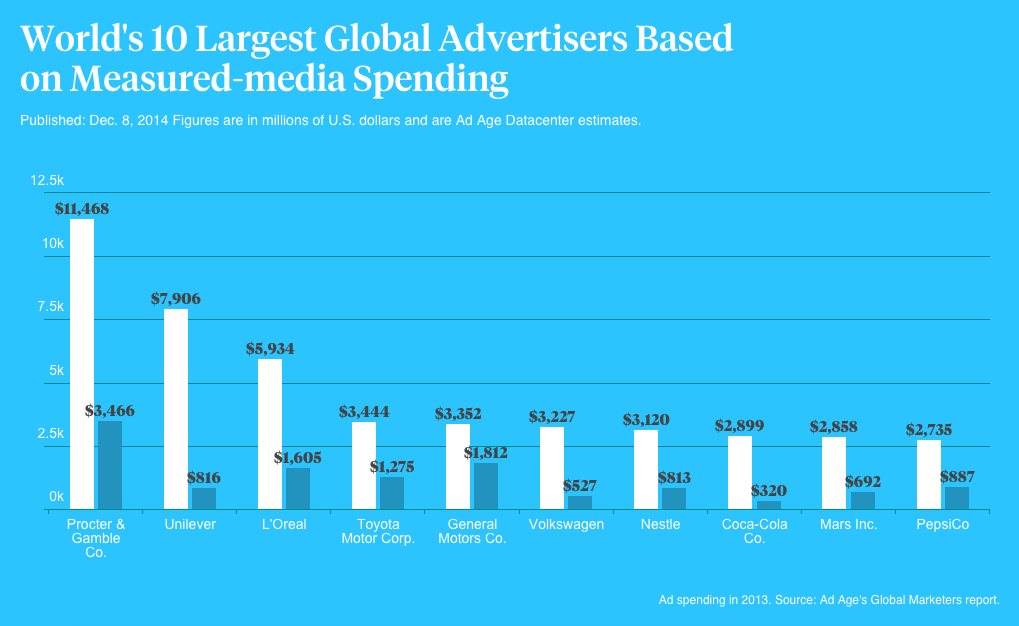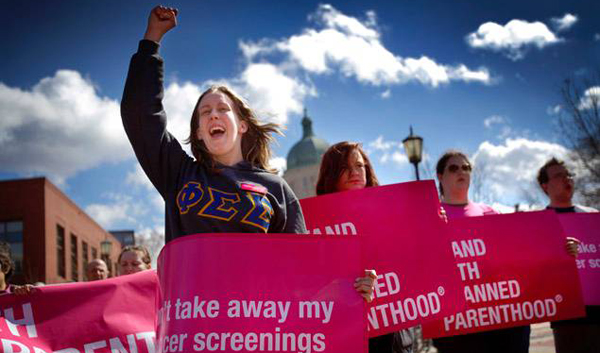In this short list of famous leakers–Ellsberg, Manning and Snowden–each one has had to walk a delicate tightrope between two, potentially, very noble causes. On one hand is the exposure of wrong doing. On the other is the rule of law and the legal process designed to protect us from systemic corruption. Just like Nik Wallenda’s traverse of the Grand Canyon gorge, high-profile leakers or whistleblowers take great risks when they choose their course of action. And like a tight-rope walker, they are all alone once they leave the safety of terra firma.
The press and the government exist in a dynamic state of symbiosis: a tension between the public’s right to know, the government’s responsibility to provide security, and an individual’s right to some expectation of privacy. Individuals and organizations keep secrets because it gives them an advantage, or because it prevents others from knowing about, or exploiting, a weakness. When powerful individuals and entities (corporations, governmental agencies, organized groups) use their power for wrong…in ways that break ethical, moral, or legal rules and regulations, secrecy protects them from being outed and punished.
Enter the press. Journalists have long accepted the responsibility of shining a light into dark corners. Their job is to uncover and expose wrong-doing so that public pressure, or the law, can step in to correct the wrong. But journalists need help uncovering secrets. They often need someone on the inside, someone who has access to privately held information, who is willing to give that information to the journalist. Sometimes it is simply verbal information about where the investigative journalists should look, and what they should look for. Other times it involves documents or data that the insider gives to the journalists. The insider has the access, and the journalists has the investigative skills to collect and report on the facts that are relevant to the issue.
Daniel Ellsberg, “the most dangerous man in America“, became famous for releasing documents to the New York Times about the US Government’s failing policy in Vietnam. Public sentiment was already turning against the war when the Pentagon Papers threw gasoline on the fire. Ellsberg was prosecuted under the Espionage Act of 1917 but charges were later dismissed.
Bradley Manning, private first class in the US Army, was arrested for using his security clearance to download classified documents which he then released to WikiLeaks. Manning pleaded guilty to 10 of 22 charges earlier this year and his trial began just a few weeks ago. If convicted Manning could face life in prison.
Edward Snowden was an employee of the military contractor Booz Allen Hamilton when he downloaded, and leaked to the press, documents about the National Security Agency‘s surveillance program. According to the Guardian newspaper, “Snowden will go down in history as one of America’s most consequential whistleblowers, alongside Daniel Ellsberg and Bradley Manning.” According to a recent poll by PEW Research, the public is split on whether the NSA leak serves the public interest. However, the public favors, by a significant margin, the criminal prosecution of Snowden. But age is a factor. Younger respondents are more likely to believe that the leak serves the public interest and are less likely to support prosecution.
The latest reports indicate that Snowden is making his way, with the help of Wikileaks legal team, to Ecuador where he will seek political asylum. The South China Morning Post is also reporting that Snowden took the job with Booz Allen Hamilton with the intent of collecting evidence of NSA spying. If that report is true, Snowden’s moral justification for his actions may be fatally damaged.
Resources for additional research:





